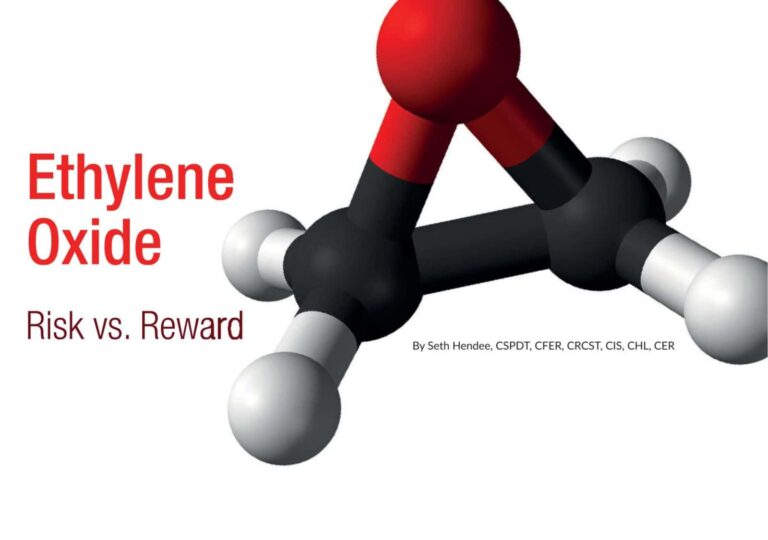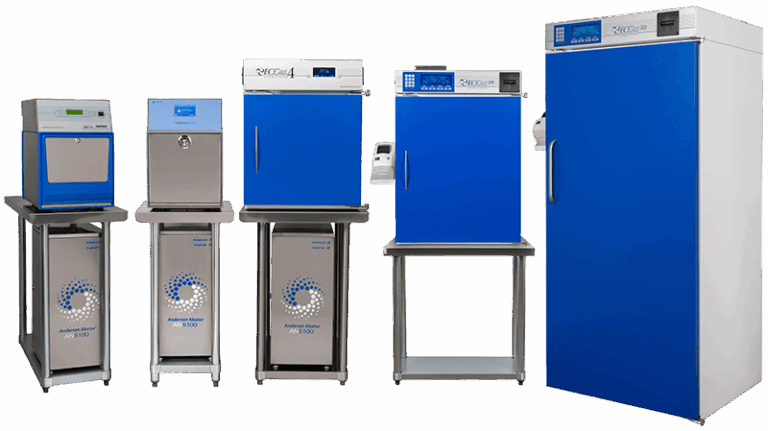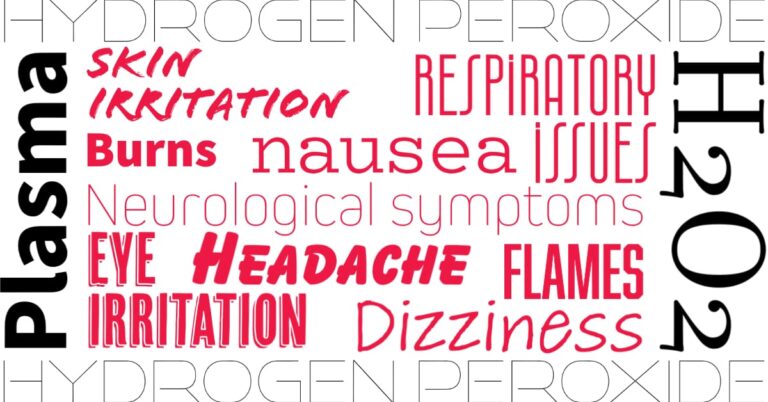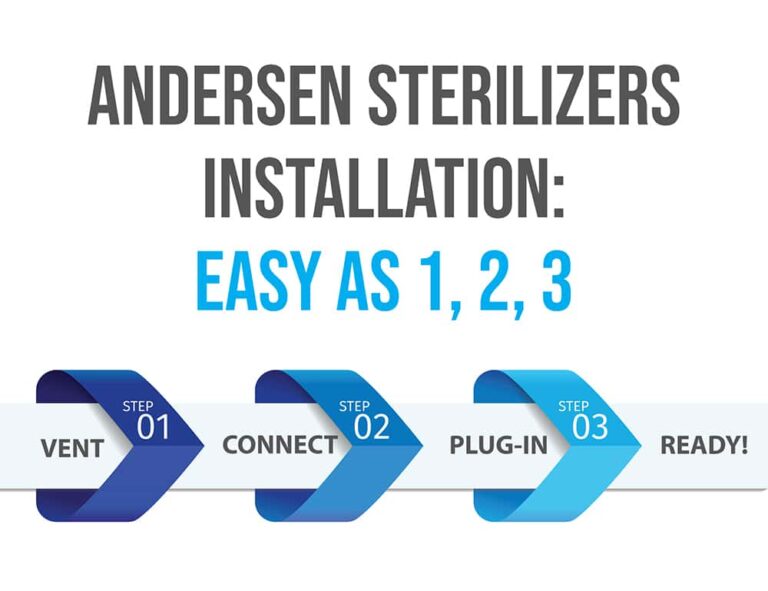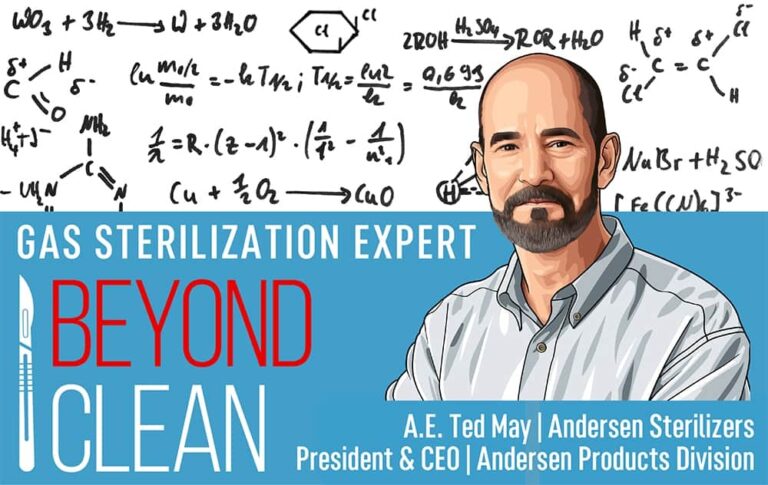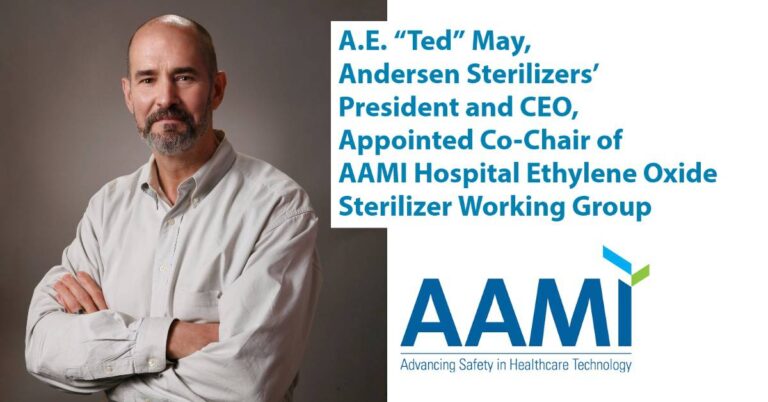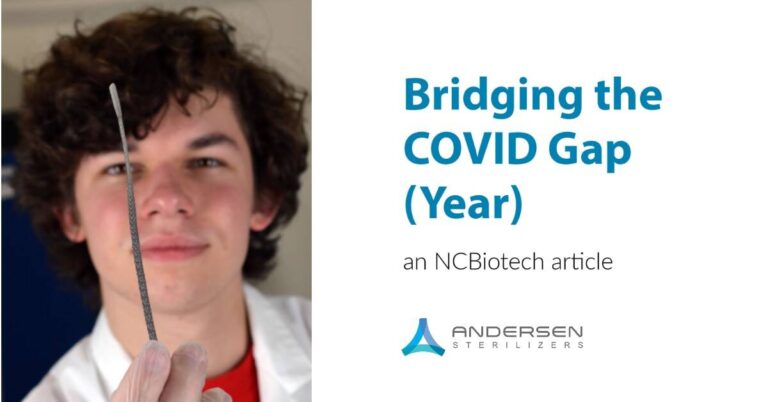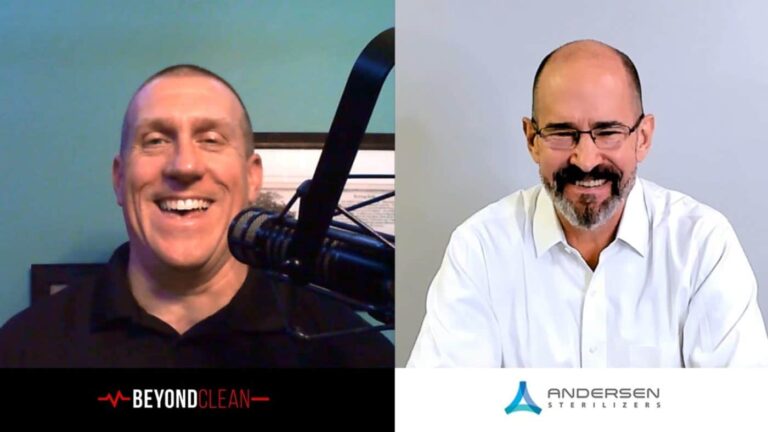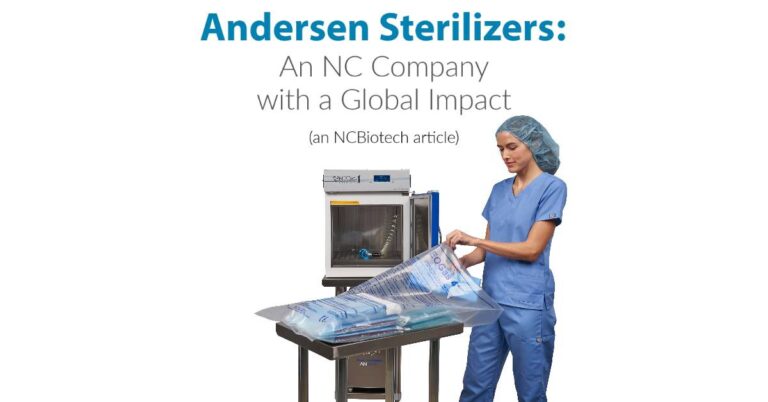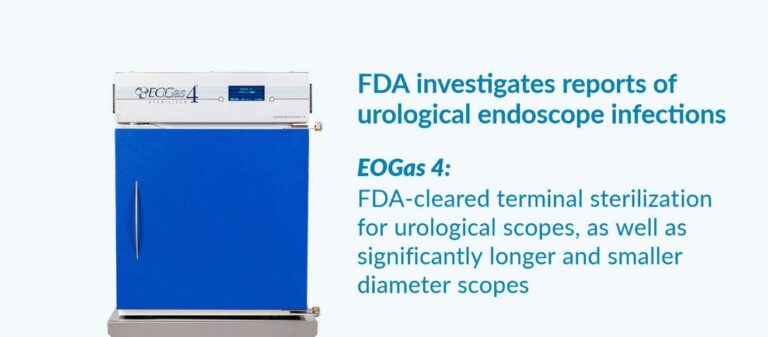Ethylene Oxide Risk vs. Reward
“EO sterilization has continued to advance since the ’60s and ’70s, and while there are still risks, updates to the delivery technology, EO’s materials compatibility, and penetration capabilities mean there are rewards to the modality that you should consider,” said Seth Hendee of Healthmark Industries, Inc. in his article Ethylene Oxide Risk vs Reward.

